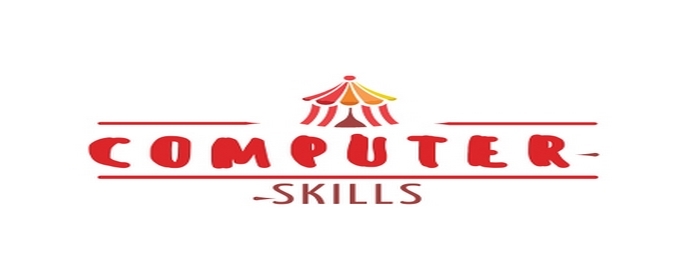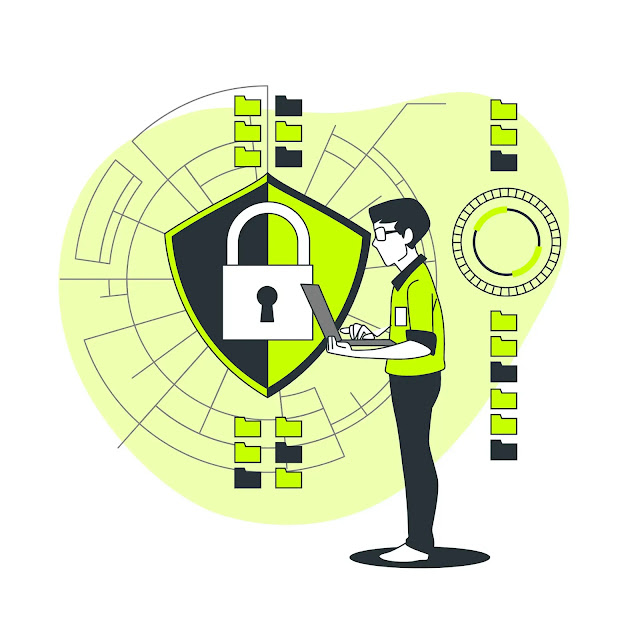Securing unstructured data
As a business owner, you may be well aware of the importance of protecting your data from cyber threats. However, in today's digital landscape, it's not just structured data that needs safeguarding. Unstructured data, which includes emails, documents, presentations, and social media content, also presents significant risks if left unsecured. In this article, we will explore the concept of unstructured data, the risks it poses, and the best practices for securing it.
Understanding Unstructured Data
Unstructured data refers to any information that doesn't fit into a traditional database or spreadsheet. This type of data is typically stored in various formats such as text files, images, audio recordings, and videos. Unlike structured data, unstructured data lacks a predefined organization or a consistent format, making it more challenging to manage and secure.
Unstructured data is abundant in businesses, often scattered across different departments and systems. It includes customer emails, social media interactions, project documents, and even informal communication channels like instant messaging. Its growth is fueled by the rise of digital communication platforms, making it essential for businesses to understand and protect this valuable asset.
The Risks of Unsecured Unstructured Data
Failing to secure unstructured data can expose your business to various risks. The methods used by cybercriminals to take advantage of weaknesses and obtain unauthorized access to private data are always changing. Unsecured unstructured data can be an easy target for these malicious actors, potentially leading to data breaches, financial loss, reputational damage, and legal consequences.
A data breach involving unstructured data can have severe ramifications. Imagine if your company's confidential emails or unencrypted customer files fell into the wrong hands. The leaked information could be used for identity theft, corporate espionage, or even blackmail. Moreover, unsecured unstructured data can also result in non-compliance with data protection regulations, such as the General Data Protection Regulation (GDPR) or the California Consumer Privacy Act (CCPA), leading to hefty fines and legal penalties.
Common Cyber Threats to Unstructured Data
Securing unstructured data requires a thorough understanding of the most prevalent cyber threats. Here are some of the common risks that businesses face:
Phishing Attacks
: Cybercriminals often use phishing emails to trick employees into revealing sensitive information or downloading malware. Unstructured data stored in emails and attachments can be an easy target for phishing attacks.
Malware Infections
: Unstructured data files can contain hidden malware that, when executed, can compromise the security of your systems. Malicious actors can use infected files to gain unauthorized access or steal sensitive data.
Insider Threats
: Employees, intentionally or unintentionally, can put unstructured data at risk. Whether it's through accidental deletion, sharing sensitive information with unauthorized individuals, or intentionally leaking confidential data, insider threats are a significant concern.
Understanding these threats is crucial for implementing effective security measures to protect your unstructured data.
The Importance of Securing Unstructured Data
Securing unstructured data is not just a matter of compliance or avoiding financial loss; it is also essential for maintaining your business's reputation and customer trust. With the increasing number of data breaches and privacy concerns, customers have become more cautious about sharing their personal information. By demonstrating a commitment to protecting their data, you can build trust and differentiate your business from competitors.
Moreover, securing unstructured data enables you to extract valuable insights from the information your business collects. By implementing robust security measures, you can confidently analyze and utilize unstructured data to make informed decisions, enhance customer experiences, and drive innovation.
Best Practices for Securing Unstructured Data
Protecting unstructured data requires a multi-layered approach that combines technology, processes, and employee awareness.
Consider the following best practices:
Data Classification
: Classify your unstructured data based on its sensitivity and importance. This will support efficient resource allocation and security measure prioritization.
Access Control
: Implement strict access controls to ensure that only authorized individuals can access and modify unstructured data. Use role-based access controls, strong authentication mechanisms, and regular access reviews.
Encryption
: Encrypt sensitive unstructured data both at rest and in transit. Data encryption makes sure that, even in the event of a hack, unapproved parties cannot read the data.
Implementing an Unstructured Data Warehouse
One of the most effective ways to secure unstructured data is by implementing an unstructured data warehouse. An unstructured data warehouse provides a centralized repository for storing and managing all your unstructured data. This approach allows for better control, visibility, and security of your valuable information.
By consolidating unstructured data into a data warehouse, you can enforce consistent security policies, conduct comprehensive audits, and implement advanced analytics to identify potential vulnerabilities. Additionally, an unstructured data warehouse enables easier and faster data retrieval, enhancing productivity and efficiency across your organization.
Unstructured Data Protection and Security Solutions
To secure your unstructured data effectively, consider investing in specialized data protection and security solutions. These solutions offer advanced features designed specifically for managing the unique challenges associated with unstructured data.
Among the crucial elements to search for are:
Data Loss Prevention (DLP)
: DLP solutions help identify, monitor, and protect sensitive unstructured data from unauthorized access, leakage, or loss.
Content Filtering
: Content filtering solutions scan unstructured data for potential security threats, such as malware, phishing links, or inappropriate content.
User Behavior Analytics (UBA)
: UBA solutions analyze user behavior patterns to detect anomalies that may indicate insider threats or unauthorized access attempts.
By leveraging these solutions, you can significantly enhance the security of your unstructured data and mitigate potential risks.
Unstructured Data Governance and Compliance
Effective unstructured data governance is crucial for maintaining compliance with data protection regulations. Establishing clear policies, procedures, and guidelines ensures that your unstructured data is managed and protected appropriately. Key aspects of unstructured data governance include:
Data Retention Policies
: Define how long unstructured data should be retained based on legal, business, and regulatory requirements. Implement proper data disposal procedures when data is no longer needed.
Data Privacy Practices
: Incorporate privacy-by-design principles into your unstructured data management processes. Minimize the collection of unnecessary personal information and obtain explicit consent when required.
Regular Audits and Assessments
: Conduct periodic audits and assessments to identify vulnerabilities, ensure compliance, and monitor the effectiveness of your security measures.
By prioritizing unstructured data governance, you can demonstrate your commitment to data protection and minimize the risk of non-compliance.
Unstructured Data Storage Options
Choosing the right storage options for your unstructured data is crucial for both security and accessibility. Here are some common storage options to consider:
On-Premises Storage
: Storing unstructured data on your own servers provides greater control and security. However, it requires significant investments in infrastructure and maintenance.
Cloud Storage
: Cloud storage offers scalability, cost-efficiency, and built-in security features. Ensure that the cloud service provider you choose has robust security measures and compliance certifications.
Hybrid Storage
: A hybrid storage approach combines on-premises and cloud storage, providing flexibility and redundancy. This option allows you to maintain control over sensitive data while leveraging the benefits of the cloud.
Consider your business requirements, security needs, and budgetary constraints when selecting the most suitable storage option for your unstructured data.
Conclusion: Taking Action to Protect Your Business's Unstructured Data
Securing unstructured data is no longer an option but a necessity in today's cyber threat landscape. By implementing best practices, leveraging specialized solutions, and prioritizing data governance, you can protect your business from potential cyber threats and ensure compliance with data protection regulations.
Remember, the security of your unstructured data is a continuous process that requires regular monitoring, updates, and employee training. By taking proactive steps to secure your unstructured data, you can safeguard your business's reputation, customer trust, and valuable information assets.


Post a Comment